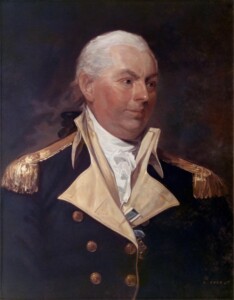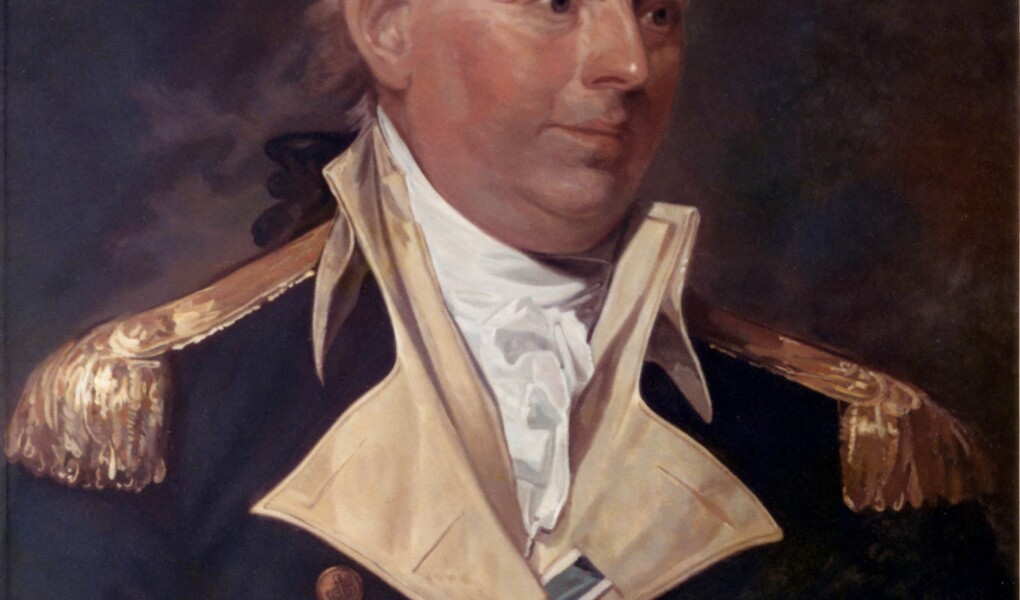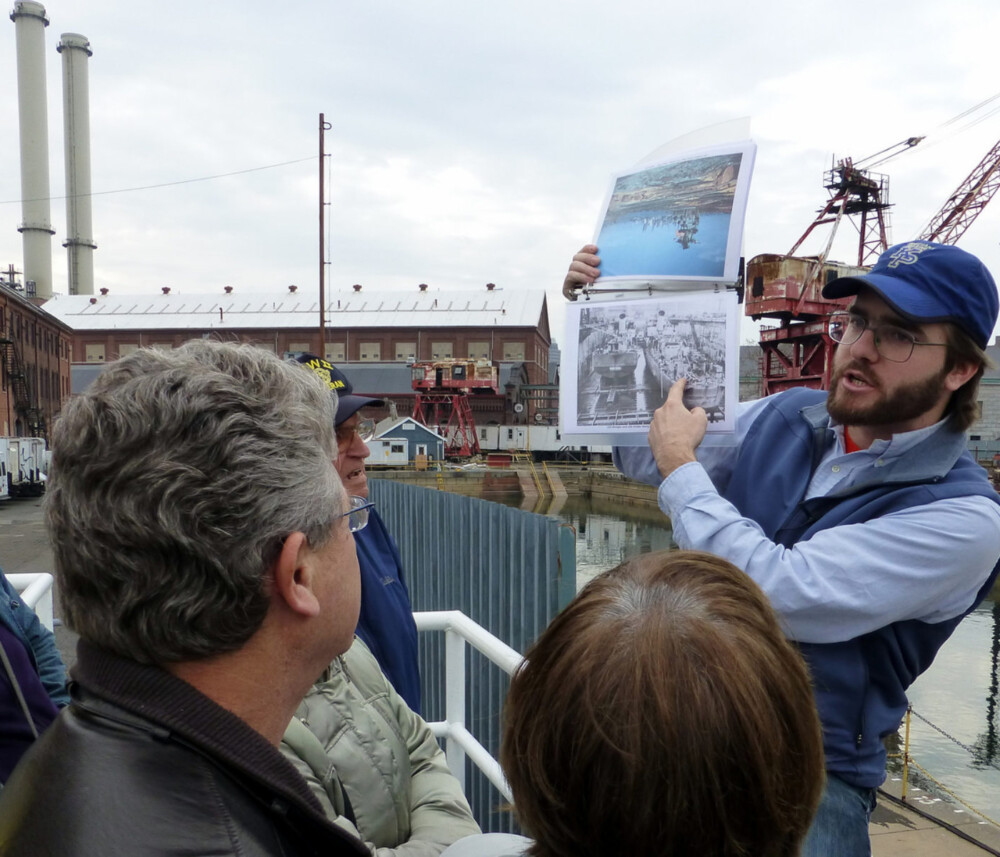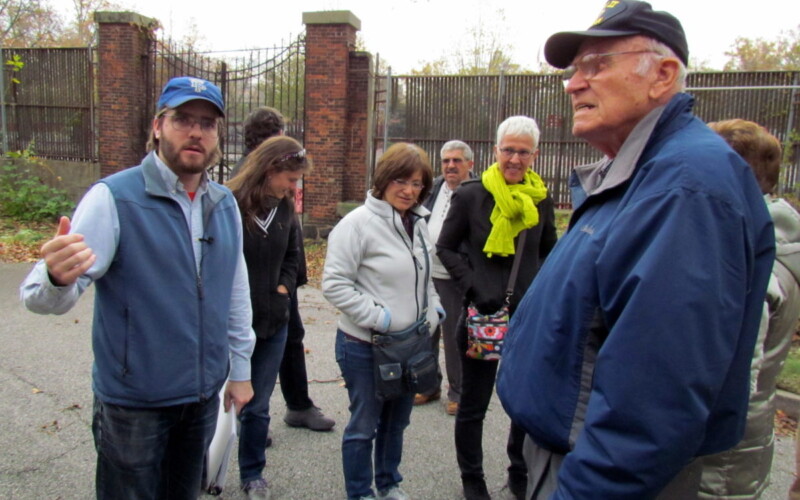John Barry (1745–1803)
Born in Ireland’s southeast County Wexford, John Barry grew up with an abiding hatred for the English. When he was 12, his Catholic family was dispossessed of their land by an English landlord, forcing them to live with family nearby and beginning a period of immense hardship for the family. Barry began apprenticing on his uncle’s fishing vessel, learning the trade of the sea, and at 15 he left Ireland for the Americas, eventually settling in Philadelphia. His career was remarkably successful, as he became master (captain) of a small merchant vessel at just 21 and was the trusted master for one of Philadelphia’s most prominent shipowners, John Nixon. When war broke out and the Continental Navy was formed, Barry became the first commissioned captain to command an American naval vessel, taking on the 14-gun USS Lexington on December 17, 1775.

Barry is often credited as the “father of the American Navy,” being its first officer, and becoming, in 1797, its first flag officer, when he gained the rank of commodore. During his career, he had captured the Continental Navy’s first war prize, stewarded the port of Philadelphia, launching a naval shipbuilding program, and preventing valuable assets from falling into British hands when the city was occupied, and he even fought the final engagement of the Revolution, when his Alliance fought off the British Sybille on March 10, 1783.
But he is also known as the “father of the Brooklyn Navy Yard”; this credit is due to a letter he wrote to the War Department in January 1798, urging the establishment of permanent navy yards (in this epic run-on sentence):
“There ought to be three places belonging to the Public where the Ships of War should rendezvous at those places ought to be in a fresh water river if possible where they would be safe from the Worms and from an enemy if a War should brake out they should be as near as convenient to a large seaport town that less difficulty may arise in manning them those places ought to belong to the public and have convenient places or magazines and all kinds of stores that may be wanted for public service…”
The Secretary of the Navy did him one better, establishing six navy yards, the last of which was purchased in Brooklyn on February 23, 1801. Today, Barry’s idea is commemorated in Commodore Barry Park, located in Fort Greene across the street from the Yard; many of his accomplishments and quotations are painted on murals around the park’s public pool.





